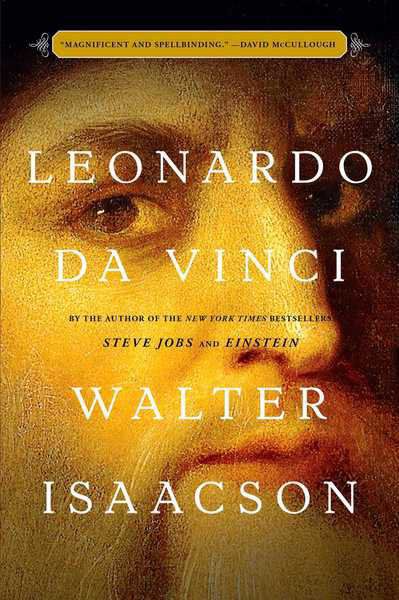Leonardo Da Vinci: Walter Isaacson
Published 9:00 am Sunday, December 24, 2017

- Leonardo Da Vinci
Walter Isaacson has a genius for writing about genius.
The former newsman has made a literary career of genius.
He’s written biographies on Benjamin Franklin, Albert Einstein, Steve Jobs. “The Innovators” was a book about several people who not only saw the world differently but made a difference in it.
His latest book is about a man often associated with genus – the quintessential Renaissance Man – Leonardo da Vinci.
Isaacson’s book, “Leonardo Da Vinci,” paints a portrait of a man whose genius wasn’t so much a mind shaped for brilliance but an attitude necessary for it. Passionate curiosity is the genius of da Vinci, according to Isaacson.
He never lost a childlike sense of wonder, forever questioning, forming long lists of inquiry from asking experts questions in a variety of fields to asking why is the sky blue?
Da Vinci performed autopsies to better inform the anatomy of his painted figures until it became an exercise simply in better understanding anatomy and how the human body is constructed and how it works.
He spent years working on paintings. His output is relatively small but staggeringly consequential. “The Last Supper” and “Mona Lisa” stand as masterpieces. In the case of the “Mona Lisa,” she is arguably the quintessential masterpiece.
Isaacson weaves da Vinci’s various interests into results such as his anatomical studies led to an understanding of how the mouth’s muscles work – the science of his anatomy studies led to the mystery of the Mona Lisa’s smile, for example.
“Leonardo Da Vinci” is not a traditional biography. It does follow his life, but like Leonardo, it spirals into various fields of interest: anatomy, studies of nature, engineering drawings of various futuristic – or possibly theatrical – devices, etc.
The book is also a beautiful volume. Each page is printed on a slick stock – the type of paper found in art books, because the biography is also an art book with dozens of black-and-white and color works by da Vinci interspersed throughout the chapters.
It is apparent throughout Isaacson’s book that da Vinci often left works incomplete, or did not follow through on various planned artworks. One may regret da Vinci’s procrastination. Think of the masterpieces never realized?
But Isaacson argues that’s all part of da Vinci’s beauty and genius. Leonardo led his life as he wished, he followed his whims and his interests, indulged his passions but never lost track of taking note of the world around him.
Living a larger, more fulfilling life, a life of wonder, may be the real lesson of da Vinci.





